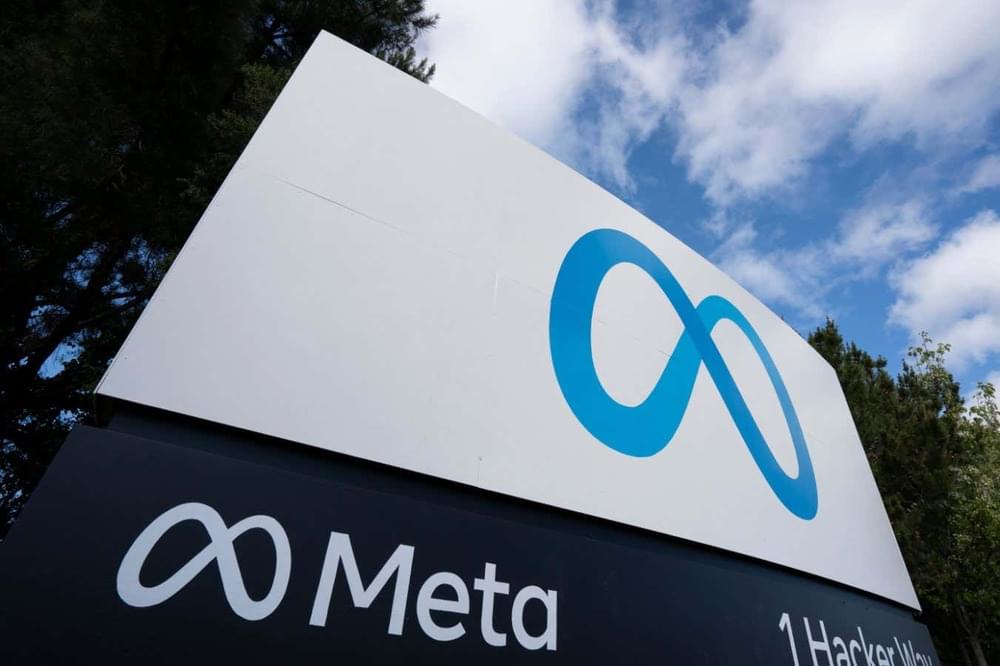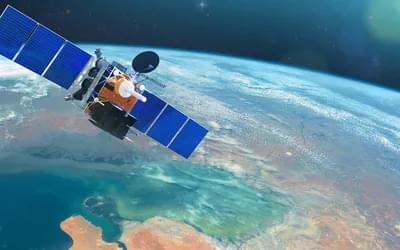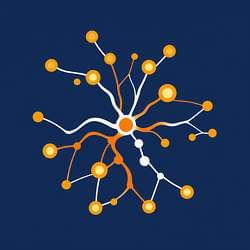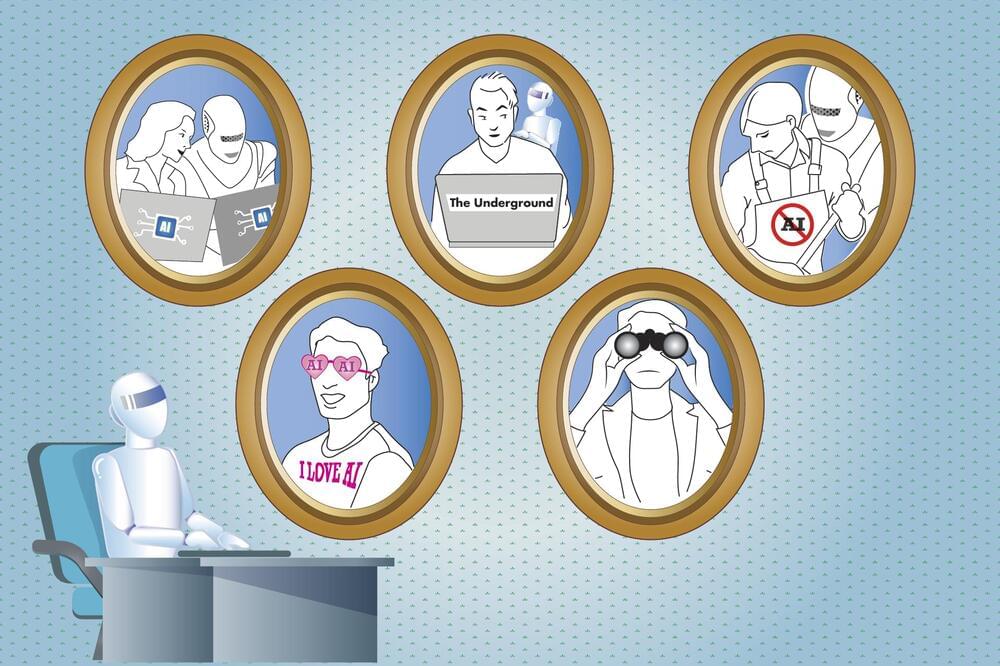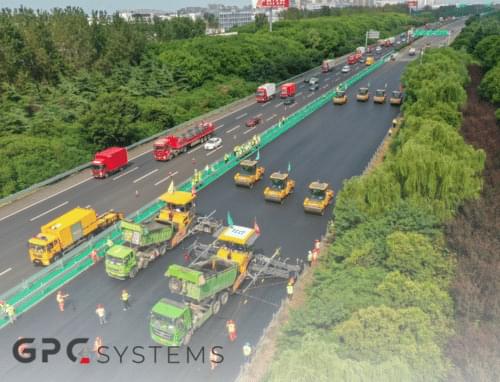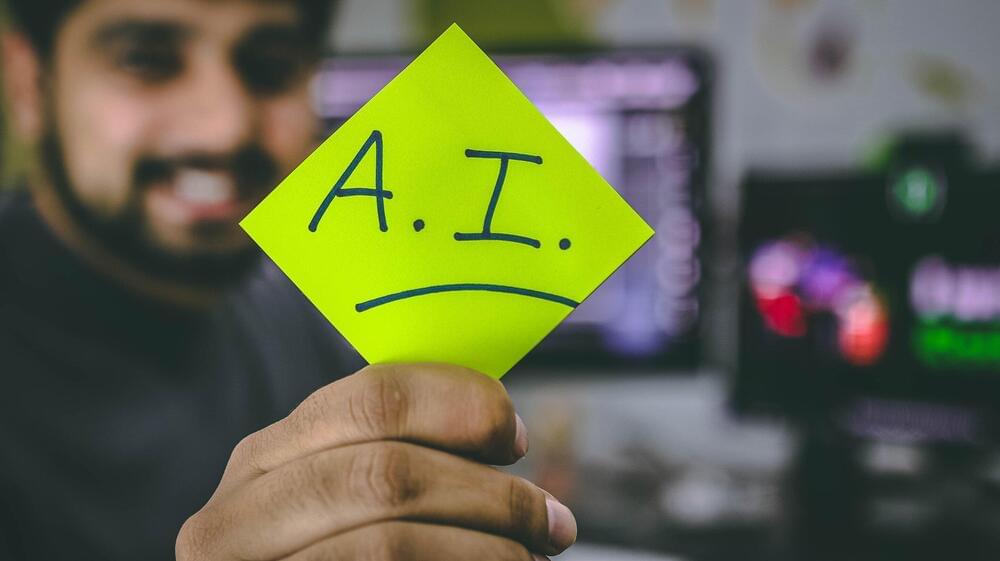Oct 23, 2024
Watch Claude AI take control of a computer and build its own website from scratch
Posted by Mike Diverde in category: robotics/AI
Now AI Agents can do low-level work on your laptop. Paper pushers are on notice: the bots are coming for your job.
Anthropic just showed off a new trick — its AI assistant Claude can now take over your computer’s mouse and keyboard, clicking and typing its way through tasks while you sit and watch. All you have to do is tell it what you want done.

